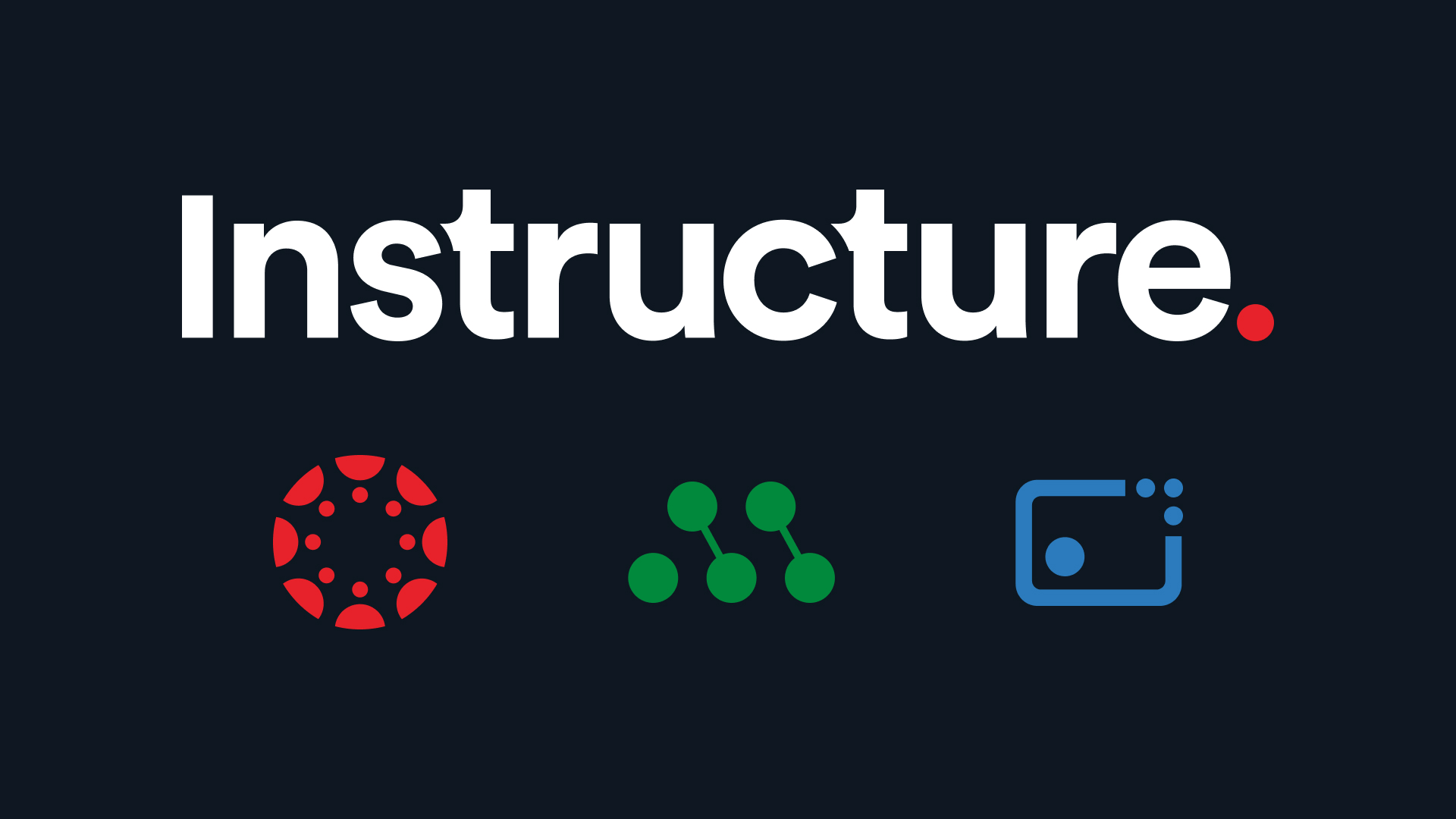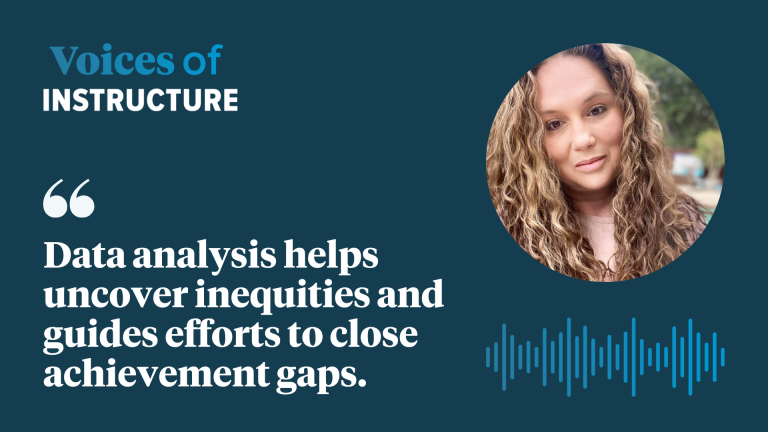Why is K-12 education mandated across the US? The goal is to establish literacy, numeracy, critical thinking, and a broad understanding of various subjects. Horace Mann (1848) said, “Education is the great equalizer.” Recently (2023), the Supreme Court ruled that race can no longer be used in college admittance, essentially striking down Affirmative Action. Regardless of your feelings about race in college admittance, ensuring all students have a fighting chance to succeed post-K-12 has never been so critical.
Across K-12 districts, from site to site, expectations of students vary. Don’t think this is true? Imagine the district you are most familiar with. Now imagine the students graduating from schools in affluent neighborhoods versus the graduates from low-income neighborhood schools. You will likely know the differences in expectations and student outcomes based solely on economic standing.
Often these differences are masked under the veil of “equity.” As a first-generation college student of color from a low-income neighborhood, I have lived this in my own life. As a public school educator for 15 years, I watched the expectations vary from site to site and classroom to classroom.
Teachers enter education with the best intentions. Then they quickly realize there is a difference in how students enter school. Some have a large vocabulary, know their letter sounds, colors, and shapes, and read with adults daily. Some have not seen a book before they come to school. Teachers come from a place of love and want their students to feel successful. The “Pobrecito” syndrome takes effect, and teachers reduce expectations to make students feel successful. Resulting in the opposite of equity, teachers lowered expectations, inducing the cycle of failure.
How Do Educators Deliver True Equity Across Districts?
Data-Informed Decision-Making: According to Noguera (2008), by using data to identify and address disparities, measure progress, and inform policy and decision-making, equity takes hold. Data analysis helps uncover inequities and guides efforts to close achievement gaps. Furthermore, ensuring curriculum, instruction, and assessments are free of cultural biases is essential in data-informed decisions.
In equity audits across K-12 districts, a central finding is the need for common district formative, summative, and benchmark assessments to ensure all students are held to high expectations and standards regardless of economic status, race, gender, or ethnicity. Additionally, when assessments are common across the district, the metadata from assessments can be used to identify needed student resources, increase proficiency across teachers learning communities, and brings transparency to student mastery of standards to site and district administration,
Standards were developed to ensure all students were being held to high expectations. Common assessment of standards to identify learning gaps is an essential first step. The second step is to identify needed resources to meet learning gaps, and the third is to communicate progress toward mastery to all community members. Lastly, teachers must encourage grit and strength in character for all students to persevere. Angela Duckworth (2016) states that grit is essential to long-term educational and career success.
Resources:
Duckworth, A. (2016). Grit: The power of passion and perseverance (Vol. 234). New York: Scribner.
Mann, H. (1848). Twelfth annual report to the Massachusetts Board of Education. The republic and the school: Horace Mann and the education of free men, 123.
Noguera, P. A. (2008). Creating schools where race does not predict achievement: The role and significance of race in the racial achievement gap. The Journal of Negro Education, 90-103.
About The Author
Dr. Rebecca Chandler comes from California and is a lifelong educator. Dr. Chandler recently completed her Ed.D. in Educational Leadership from the University of Southern California (USC) Rossier. She began as a resource teacher for grades K-5. Then she taught high school Economics and American History. She has worked for the Community College System as an Instructional Technologist and Course Designer and for the County Office as a Content Expert. Additionally, she worked as the Director of CTE and Chief Innovation Officer for two large districts. Dr. Chandler is also a highly experienced grant writer, fiscal manager, program developer, and leader. Her last position was as an Assistant Superintendent of Business Services. Dr. Chandler has extensive knowledge and expertise in K-12 education in curriculum, assessment, instruction, and education funding.
Related Content
 inst-3step.jpg
inst-3step.jpgBlogs

Blogs
 digging_deep_into_2025s_learning_trends_the_state_of_higher_education_in_anz_-_thumbnail_1.png
digging_deep_into_2025s_learning_trends_the_state_of_higher_education_in_anz_-_thumbnail_1.pngBlogs
